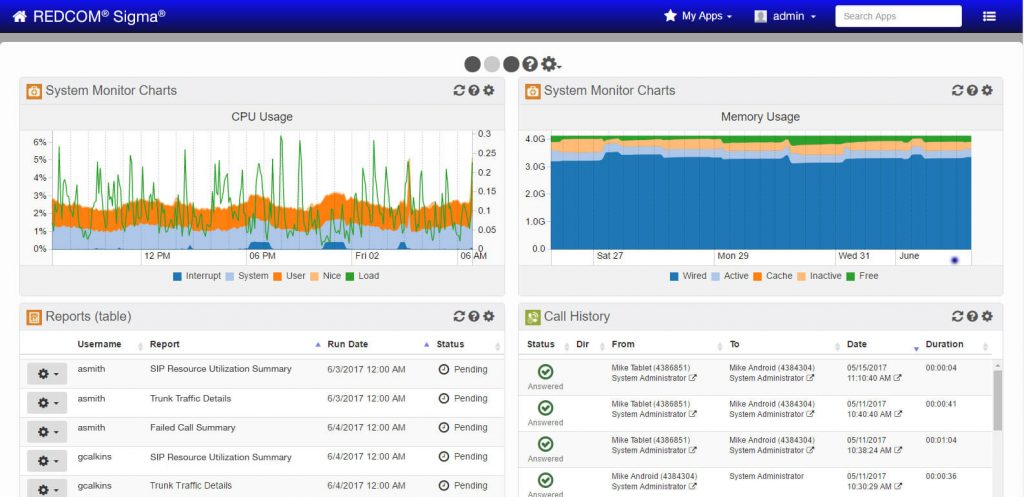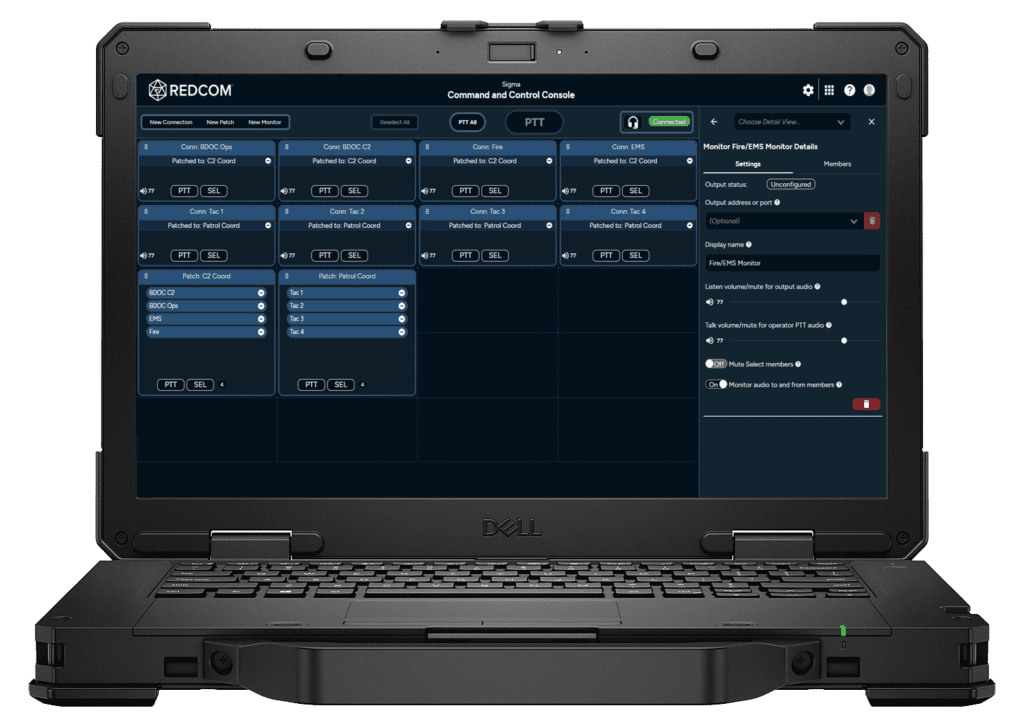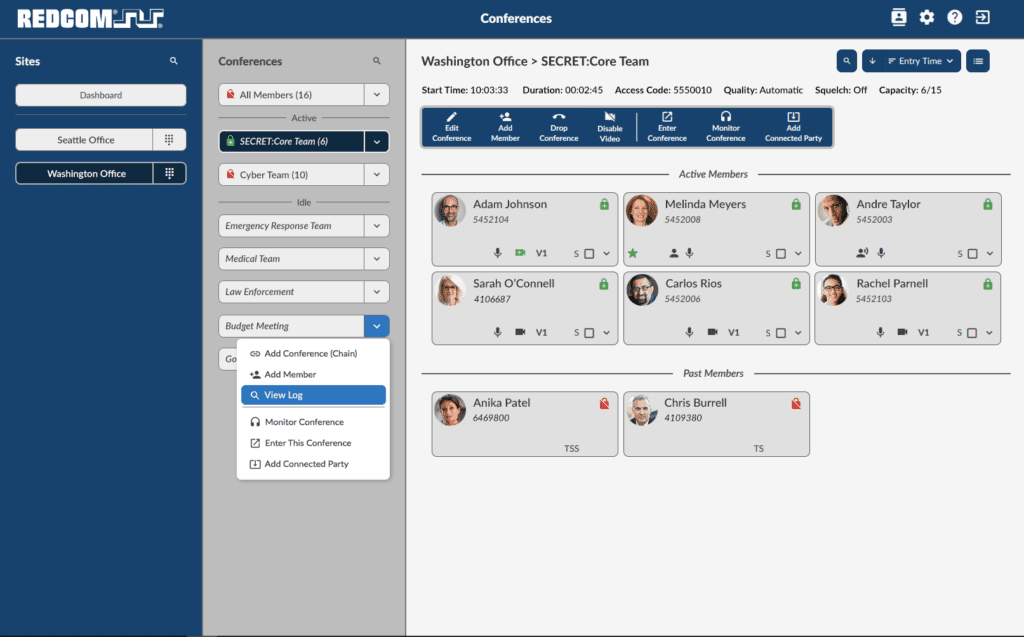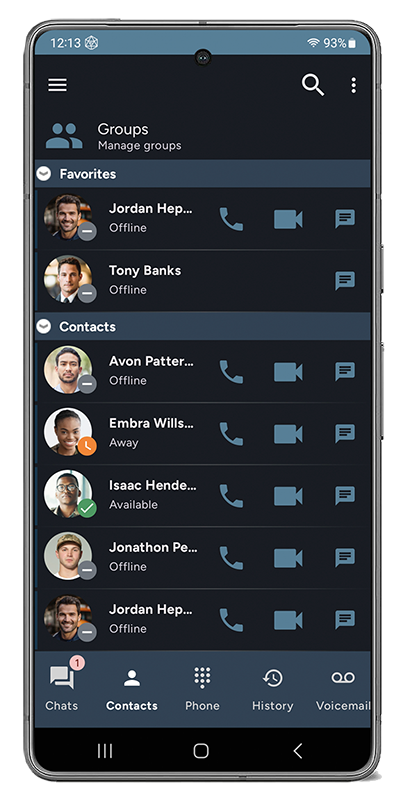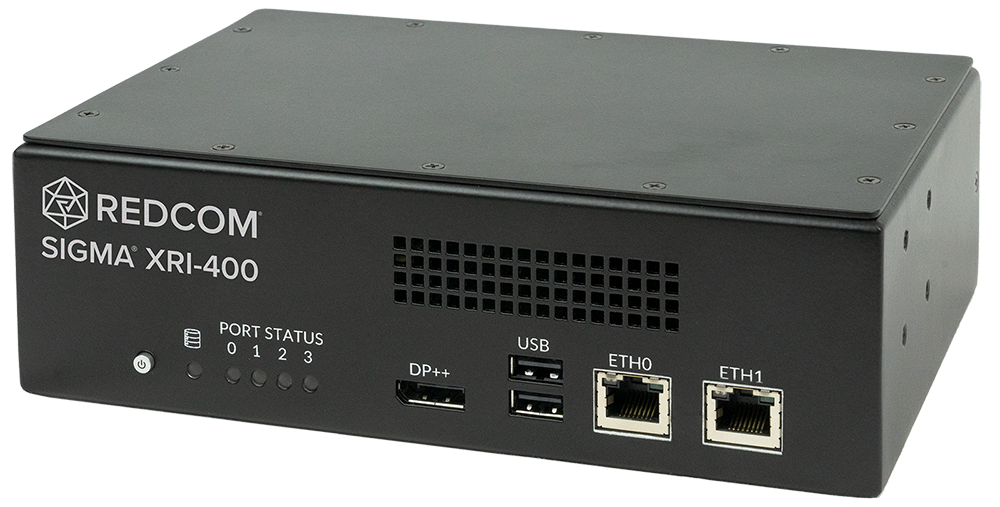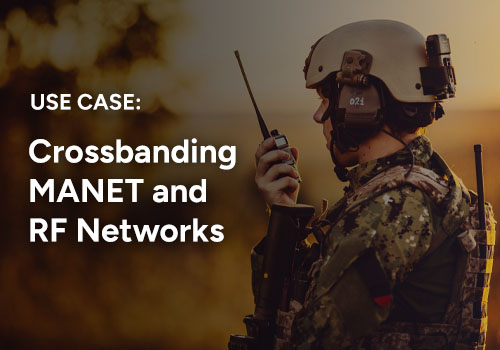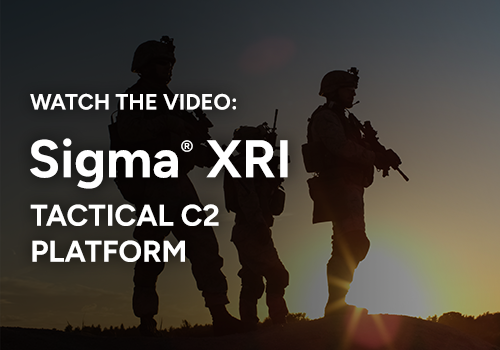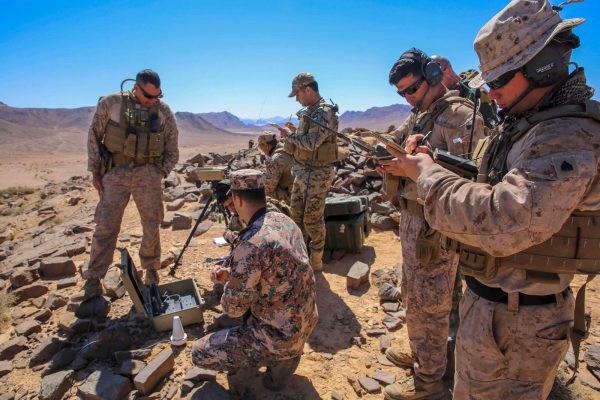With the National Oceanic and Atmospheric Administration (NOAA) predicting an above-average hurricane season, the conversation regarding communications for humanitarian aid has never been more timely.
In the wake of a natural disaster, having effective coordination to facilitate a rapid and efficient response is the key to success.
For effective coordination, there is a clear need for response systems that can provide interoperability between a multitude of different organizations and even countries using different communication platforms. Furthermore, the ability to move up and down classification levels is essential when government and non-government parties are involved with relief efforts.

Being able to take advantage of existing communication infrastructures such as analog public telephone systems can help connect all parties trying to provide support for personnel from their countries. Functioning public communication and information systems can serve as an alternate means of communication using off-the-shelf technologies.
For military units, handling this type of interoperability often means carrying boxes upon boxes of additional equipment that is not only costly but also time-consuming to set up, configure, and maintain. This problem is further magnified when units have a limited number of personnel that can spend time learning this equipment.
The Solution
The ability for a unit to simply and efficiently operate with the existing legacy communication systems found in the affected area leads to more efficient coordination and recovery efforts. The ideal solution is an integrated platform that can accommodate various gateways, has low Size, Weight, and Power (SWaP) requirements, is intuitive for the user, and can be rapidly deployed in any environment.
REDCOM’s SLICE® family of products are purpose-built call and session controllers designed to meet the low-SWaP, deployable communications requirements of military and defense organizations. REDCOM hardware is designed to be fully scalable between both tactical and strategic networks and delivers maximum interoperability between multiple interfaces and protocols including: SIP, AS-SIP, Secure Devices, V.150.1, GSM, Radio, SATCOM, ISDN PRI, Euro PRI, IPv4, IPv6, and Magneto.
In addition to operating as an LSC, the REDCOM SLICE products can be configured to function as a:
- Master Session Controller (MSC): serving in a coordinated cluster with subordinate S.C.s.
- Subtended Session Controller (SSC): serving as a subordinate when clustered with an MSC.
- Deployed Session Controllers (also known as Failover Session Controllers): supporting Continuity of Operations Capabilities (COOP) communications when a site is isolated from the Enterprise Session Controller (ESC). COOP communications include features such as audio conferencing, PSTN/DSN access, and intra-base precedence calling.
